
How to Apply Sealant for Waterproofing: A Step-by-Step Guide

Create Your Dream Home With Our Painting Experts
Fill the form below to book a free site evaluation by Nerolac Nxtgen painting Services expert
Keeping water out of your home is crucial to prevent costly damage. Waterproof sealant is an effective solution to seal cracks and joints and provide a protective barrier. In this article, we'll discuss waterproof sealant, the different types available, how to properly prepare and apply it, waterproofing specific areas like basements, and simple maintenance tips.
What is a Waterproof Sealant?
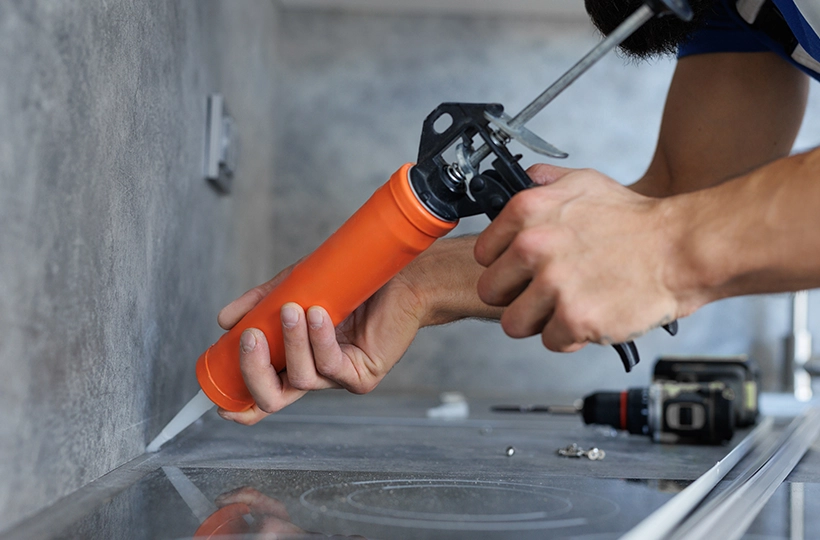
Waterproof sealant is a flexible sealant or caulk that creates a waterproof barrier to prevent water from entering through cracks or joints in foundations, windows, doors, tiles, and other areas prone to leaks. It bonds tightly to form an impenetrable layer that seals out moisture but remains flexible enough to accommodate minor settlement cracks without breaking the seal.
Waterproof sealants come in various forms, such as tubes, cartridges, or cans, suitable for different applications. They are also available in transparent varieties or in many colours to blend with the surface. Nerolac Perma NoDamp is a flexible, fibre-reinforced, elastomeric coating that can be brushed or rolled onto foundations, basement walls, or other surfaces as a waterproof sealant.
Types of Waterproof Sealants
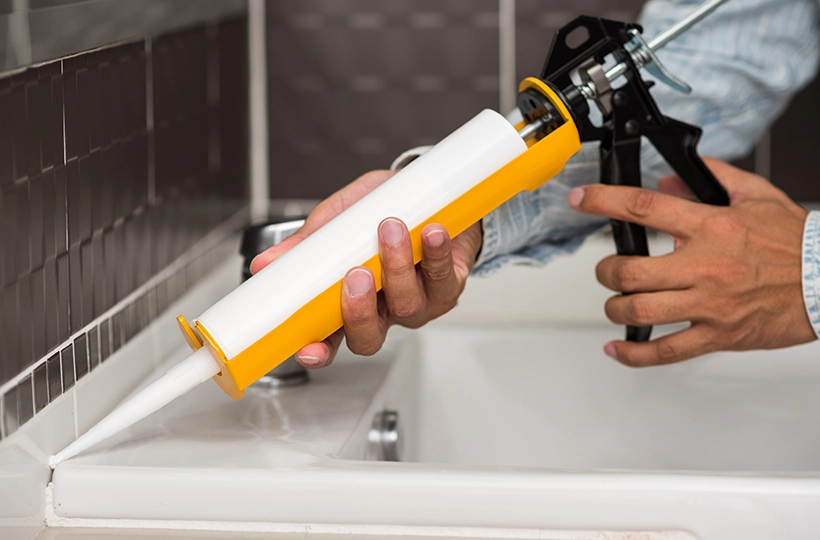
There are three major types of waterproof sealants used for external and internal waterproofing based on their composition:
1. Silicone Waterproof Sealants:
Silicone sealants are very durable and flexible, making them suitable for high-movement areas. They withstand cracking and shrinking better than other options. However, silicones are not paintable and are more expensive. A silicone Water-Resistant Silicone Sealant is great for bathroom and kitchen sealing and grout renewal.
2. Polyurethane Waterproof Sealants:
Polyurethane sealants have good flexibility and bond strength. They are paintable and less expensive than silicone. However, polyurethanes are less flexible in the long term. A polyurethane waterproof sealant is suitable for foundation walls and window frames.
3. Acrylic Waterproof Sealants:
Acrylic sealants are water-based, affordable, and easily painted over. However, they have lower bonding strength and flexibility than silicone or polyurethane. Acrylic sealants work well for indoor low-movement joints.
Also Read: Protect Your Home With These Waterproofing Methods & Solutions
Preparation for Application
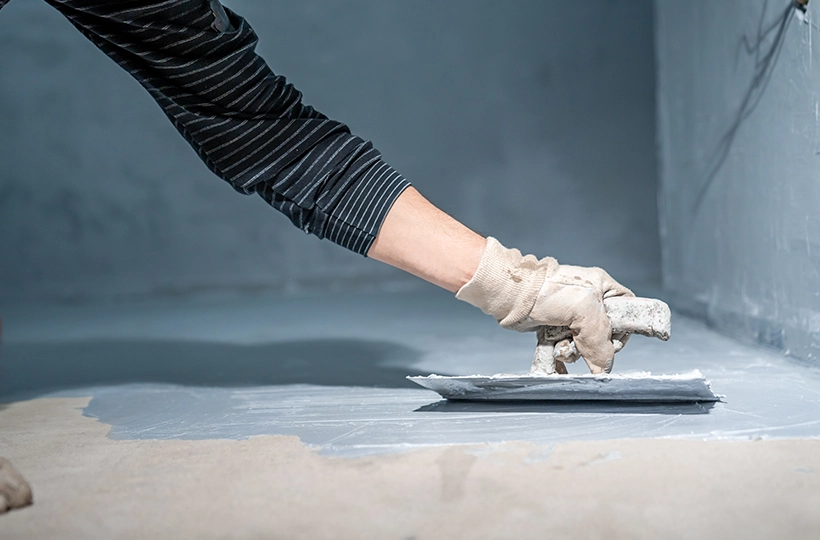
Surface Preparation:
For any sealant to perform effectively, surfaces must be clean, dry, and free of dust, dirt, grease, oil, rust, or other contaminants. Use a wire brush or scraper to remove any loose material. Clean with soap and water or solvent and allow drying completely before application.
Tools and Materials:
To apply waterproof sealant, you will need sealant tubes or cartridges, a caulking gun, a utility knife, alcohol wipes, and a putty knife. Backer rods may be needed for larger exterior joints. Protective gloves are recommended for handling sealants. Have Leakage Repair Waterproof Tape on hand for patching cracks before sealing. It is also recommended to apply Nerolac Perma Damp Protect Exterior Paint on exterior horizontal surfaces like terraces before waterproof sealing as it protects against moisture and prevents the growth of algae and fungi.
Step-by-Step Guide to Apply Sealant for Waterproofing
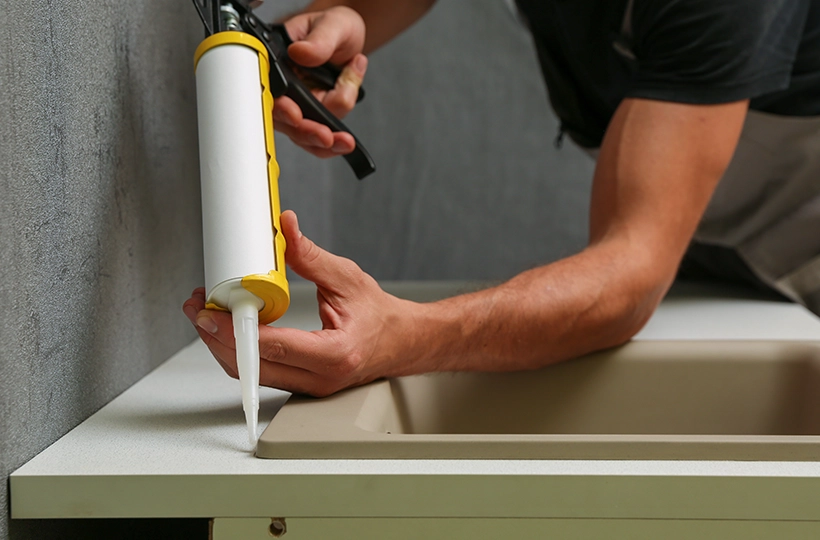
Step 1: Surface Preparation
Prepare surfaces as mentioned above and mask or cover areas not meant for sealing with painter's tape for a neat finish. This is crucial for the sealant to adhere properly.
Step 2: Application of Waterproof Sealant
Cut the cartridge tip or tube at an angle per the manufacturer's instructions. Load it into the caulking gun. Apply steady pressure and run a bead of sealant along the crack or joint, pressing firmly into the gap. Apply slightly more than what is needed.
Step 3: Sealing Cracks and Gaps
For large gaps, press Leakage Repair Waterproof Tape firmly into the crack before applying the sealant. This reinforces the seal. Seal all gaps and cracks thoroughly without any breaks in the bead.
Step 4: Smoothing and Finishing sealant for a clean finish.
Before sealing the material skins over, smooth the bead with a wet finger or tool. Remove any excess. Between applications, use alcohol wipes to clean tools and hands. Allow proper drying as per instructions.
Also Read: Liquid Waterproofing: A Monsoon Season Guide to Safeguard Your House
Waterproofing Basement Areas
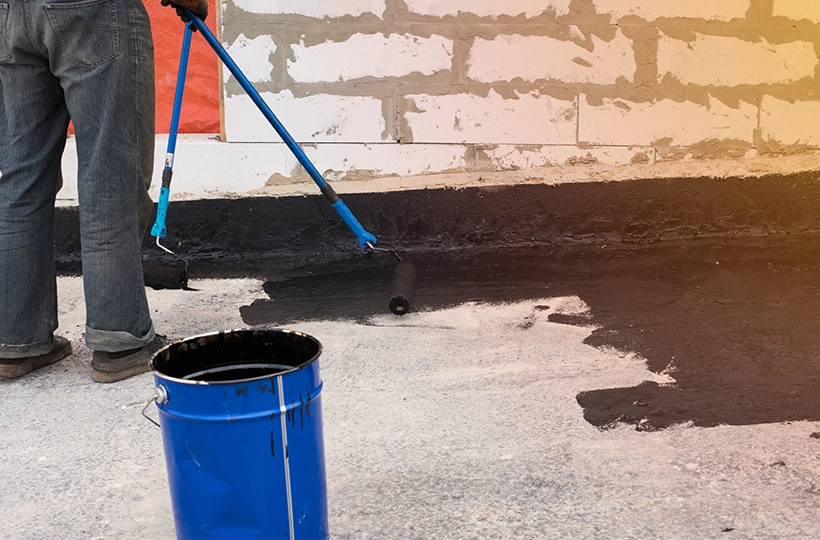
A damp basement can significantly affect indoor air quality and structure. Waterproofing the exterior is important for basement areas. A flexible, Waterproof Silicone or polyurethane sealant is ideal for sealing foundation walls, window frames, and cracks inside the basement before finishing to prevent future leaks. A breathable Basement sealing membrane may also be installed on the exterior to divert water away.
Importance of Basement Waterproofing
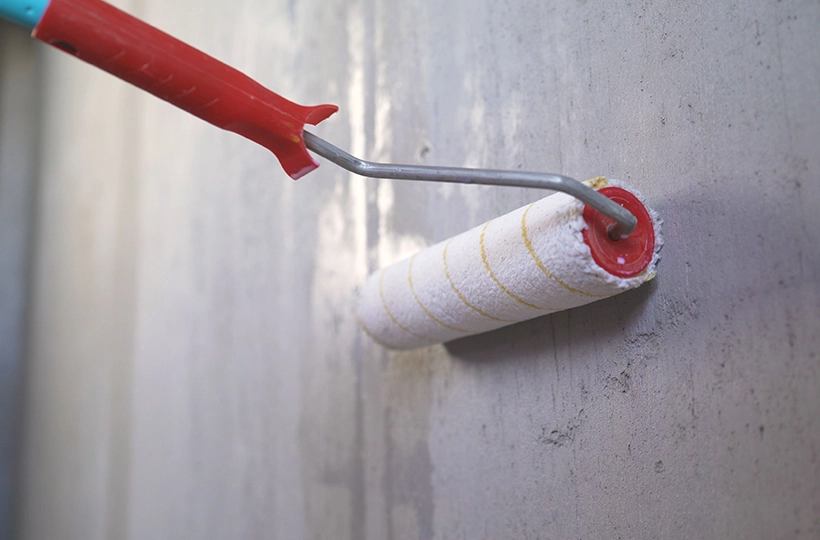
A damp basement can create many issues if the exterior is not properly waterproofed. Some key reasons why waterproofing the basement is so important include:
- Moisture leads to mould and mildew growth, which can cause health issues like asthma if the air circulates in the home. Mould also damages structural materials over time.
- If framing or floor joists are exposed to moisture for long periods in a wet basement, they are at risk for wood rot, which can compromise the home's integrity.
- Standing water in the basement puts unnecessary hydrostatic pressure on the basement walls, which can crack foundations bow walls, or cause structural shifts.
- Valuables and possessions stored in an unfinished basement risk water damage and ruination if floods occur. Important documents need to be kept dry.
Leakage Repair with Waterproof Tape
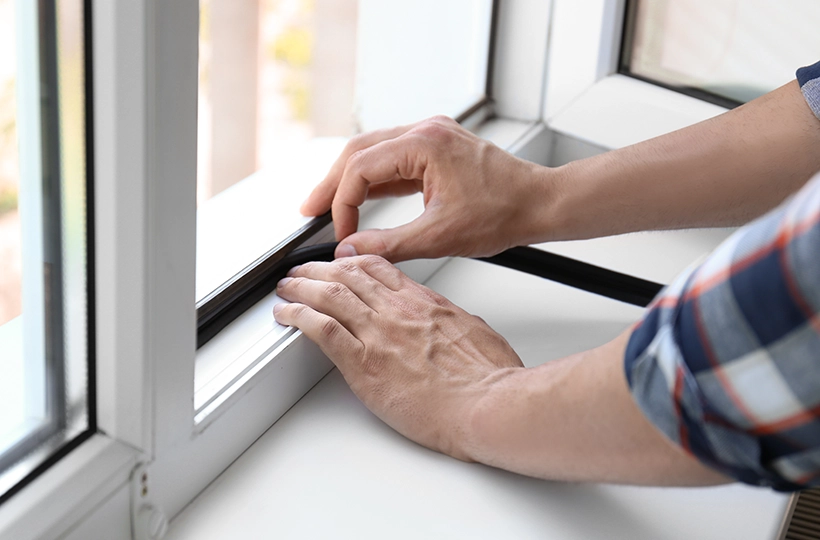
Reinforcing the seal in problem areas where cracks have leaked before applying sealant is wise. First, thoroughly clean and dry the crack. Then, press Leakage Repair Waterproof Tape firmly over the length of the crack. This reinforces the sealant application that will follow. The flexible tape strengthens adhesive bonding at weak points and helps prevent future leaks at these vulnerable locations.
Curing and Drying Sealant for Waterproofing
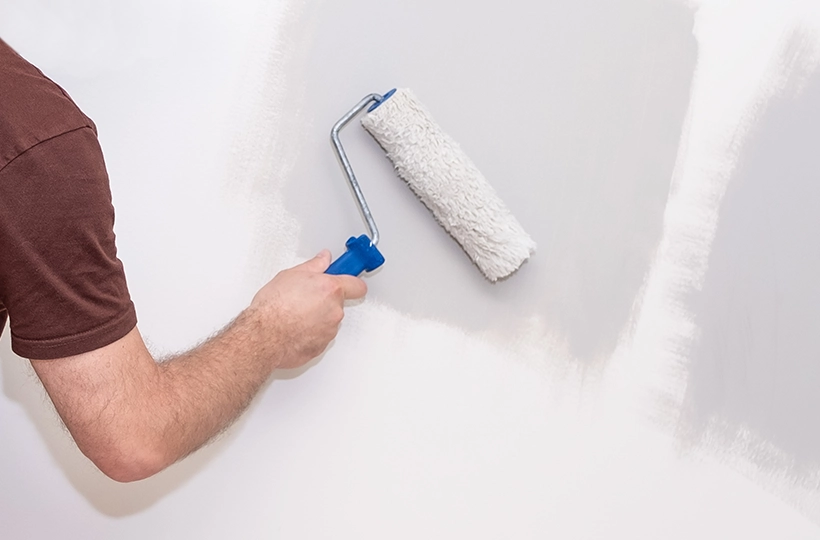
Allow enough time for waterproof sealants to fully cure and dry before exposing them to moisture. Check product specifications, but typically, a 24- 48-hour dry time is sufficient. This curing period allows the sealant to cross-link and chemically develop its maximum water resistance. Avoid contact with water around sealed areas until fully cured. Adequate drying ensures the sealant can perform as intended.
Also Read: 5 Steps Guide To Completely Waterproof Your Home
Waterproof Sealant Maintenance Tips
Mentioned below are the maintenance tips for waterproof sealant:
- Inspect sealed areas twice yearly for cracks or damage from movement and reapply sealant as needed.
- Clear away plant growth or debris pressing against the house side of sealed cracks, which can puncture the seal over time.
- To maintain protection, reapply the sealant every 4-5 years or as the original sealant starts to crack, especially for flexible silicone types.
- Make repairs immediately if water intrusion is noticed to prevent worsening damage.
- Consider a professional reapplication if sealing a large foundation crack to ensure proper adhesion.
The Bottom Line
You can effortlessly waterproof your home from leaks and moisture damage by following simple steps of surface preparation, proper sealant application, and adequate curing. For a high-quality, flexible, and long-lasting waterproof sealant made to withstand Indian weather conditions, consider getting help from Nerolac. They provide protection you can trust for many years to come.
Nerolac Paints, a leading paint company in India offers a wide range of wall paint colours & painting services & solutions for homes & offices.

Colour Combination for Walls: 10 Beautiful House Colour Combination Ideas
A Guide To Trending Colour Combinations For Walls With Images
12 Stylish Green Colour Combinations and Photos
Green Colour Combinations
What Colours Match with Blue? 14 Colour Combinations with Blue for Your Home
Blue is a universally popular colour for décor and design
-
Recent Blogs
- Zodiac Sign Meanings: Choose Lucky Colours With Your Astrology Sign
- Top 10 Painting Ideas for North & South Facing House Vastu
- Top 10 Creative Wall Furnishing Ideas For Your Lovely Home
- Top 10 Mocha Mousse Colour Combinations and Photo Inspirations
- How Heat Resistant Paint for Roofs Can Reduce Your Indoor Temperature?
Get in Touch
Looking for something else? Drop your query and we will contact you.
Get in Touch
Looking for something else? Drop your query and we will contact you.
Popular Searches
Get in Touch
Looking for something else? Drop your query and we will contact you.


